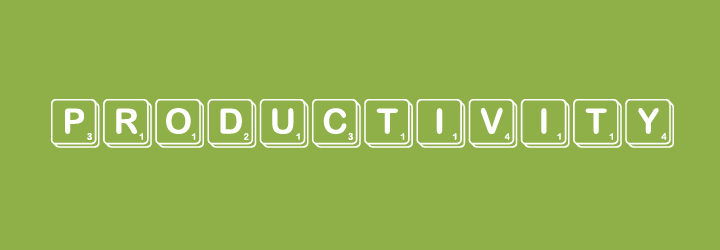
Social media seemed to have played a distinct role in the recent Philippine national elections. The run-up to the May 9 polls was marked by high engagement as Filipinos typed with vigor and/or fury, voicing out their opinions and support for their candidates through the means of social networking sites. This led to the Philippines landing a spot in Twitter’s “Top Social Media Countries in the World.”
Meanwhile, teenagers, comprising most of the social media users’ population, have been a challenging audience for some sectors, especially those who perceive the youth as having low awareness or interest in details about history and Philippine politics. As the recent electoral period has seen, however, using social media as a catalyst can become a game changer for campaigns to consider in capturing the youth’s attention for future elections.
Here are more stories of interest:
- Peabody Awards and Facebook team up for the launch of the Futures of Media Award, which is described as the “new prize honoring excellence and innovation in digital storytelling.”
- Studies from Pew Research Center and Dartmouth’s Tiltfactor Lab explore how the Internet affects what and how we read.
- The New York Times, along with Associated Press, has decided to stop capitalizing the word “internet.”
- Garner’s Modern American Usage becomes Garner’s Modern English Usage as the new edition integrates an “inclusive approach to World English.”
- Typography, believe it or not, can have life or death consequences, especially on road signs.
- For writers, The Atlantic author Ian Bogost writes a review about Freewrite, a smart typewriter made for writers who don’t want distractions from the Internet.
- Twitter recently made changes within its interface, such as making usernames, photos, and videos no longer part of the 140-character limit and providing the option to retweet one’s own tweets and replies.
- Facebook’s “Trending Topics” feature is once again under controversy when leaked guidelines allegedly show the involvement of editors, instead of algorithms, in selecting news for said feature.
- Jeff Jarvis, in a piece for the annual Tinius Trust report titled “Death to the Mass,” explains why “media must rebuild its business around relevance and value, not volume,” and how the Internet changed the old mass-media business model.
- Scammers have been lurking in the Internet for their next victims, so let this be a call to protect ourselves while navigating the social networking sites safely.
- Social media can also be a tool in saving lives as demonstrated during the tragic landslide in Aranayake, Sri Lanka last May 19.
- Different cultures define the concept of deadlines depending on how people perceive time.
- Our work environment can have a negative effect on our mental health, according to the Mental Resilience Survey.
- Here is an infographic with seven ways on how to stay calm under pressure.
- A 10-minute mind cleansing routine is always handy for a boost in clarity and creativity.


 Journalist Elizabeth Jane Cochran, under the pen name
Journalist Elizabeth Jane Cochran, under the pen name 



